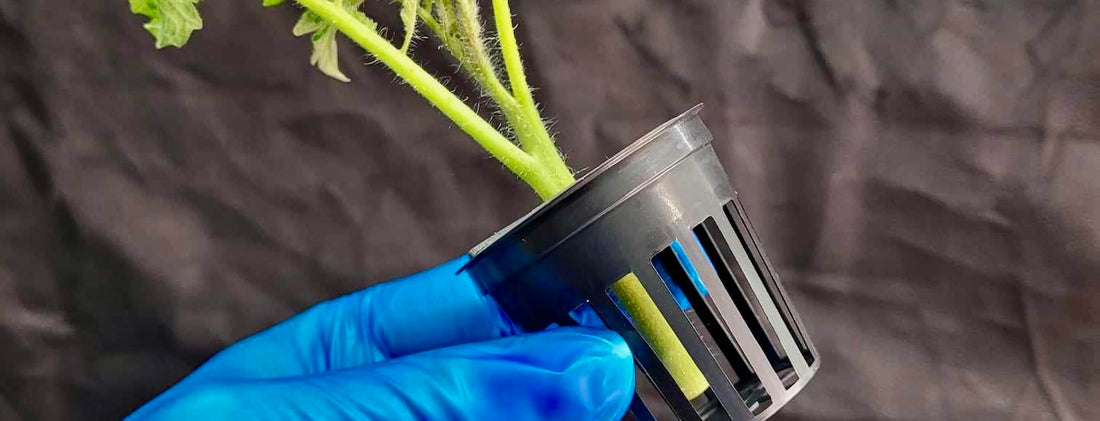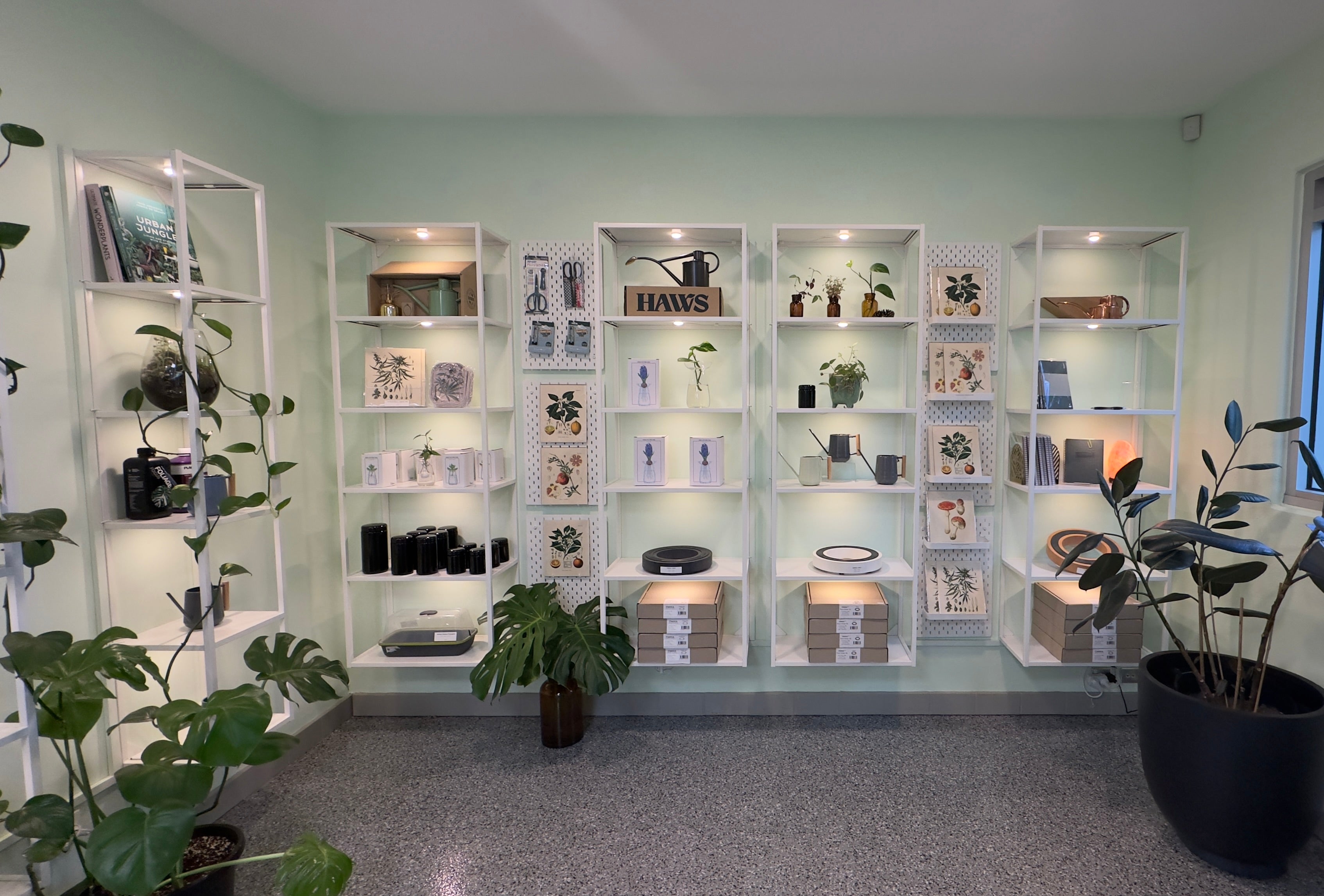Most gardeners love growing tomatoes and we are no different, tending to them (and any plant) can be a great way to clear the mind and is great stress relief!
Producing good tomato plants year after year however can be quite tricky especially if one is starting from seed.
Seeds are like fingerprints! Each one is as unique as the next, and they will vary in characteristics expressing different traits from their parent plants.
This is where cloning will hopefully interest you.
Once our mother plant has reached sexually maturity (usually 4-8 weeks from seed) then we can start taking cuttings from the plant, once we have rooted these cuttings, they will be identical in characteristics to the mother plant.
Another reason to clone plants is for breeding purposes, finding the perfect mother and father combo to create a new hybrid variety is great fun and quite easy to do!
A lot of growers incorrectly clone their plants, while our method of propagation has proven to yield 95-100% success rates.
Variables that need to be implemented:
- Propagation lighting, Light hours 12/12
- Cloning machine (pictured on right) or Humidity Dome and Grow-cubes
- Rooting Hormone Gel
- Measuring Jug, water & Scalpel
- Kelp based root tonic
- Water temperature or enclosure temperature needs to be between 18.5 – 21.0C
The reason the light is on 12/12 instead of 18/6 or 24/0 is because we are not trying to grow the plants, if they are left on 18-24hours light the plant will only start to cannibalize itself, rapidly depleting nutrients from older growth to help sustain new growth, this method can work but the success is limited and takes too long.
The reason we prefer a 12/12 cycle to root our clones is simple. When plants are subjected to 12/12 (12 hours light, 12 hours darkness) they immediately shift focus from food consumption to translocation of sugars and carbohydrates.
This is what helps form root growth too! Following this method almost always results in plants that look as healthy as the day they were taken, and the best part is they form roots in around 4-7 days.

Step 1
Prepare 1L of water and add 1ml of kelp based root tonic, also fill up a normal glass with water for the cuttings
Step 2
Soak your grow cubes in this solution or mist prepared pot and place in humidity dome
Step 3
Remove some cloning gel from the container and place in a dish

Step 4
Remove desired number of cuttings, you’ll find these shoots called axial growth, which is the new growth emerging in between the main stem and the leaf petiole. (see image)
Step 5
Place cuttings in the glass of water then, using a scalpel (not scissors) make a 45 degree cutting whilst the stem is submerged under water.
Step 6
Dip each cutting into the cloning gel previously placed in the dish and then insert the cutting/s into the grow cubes or prepared pot, place the lid on the crib, this will increase the internal humidity, ideally the humidity would fall between 72-100%.
Step 7
Do remove humidity lift lid for 2-3 days – when you do lift, mist cuttings with a weak kelp based root tonic.
Step 8
On the 4th to 7th day roots should have formed!

Assuming you followed the steps correctly, you now should have successfully cloned your favourite plant, you may transplant the cuttings into any growing medium (coco, hydroponics or soil) if you decided to clone a plant to keep it alive for the following outdoor season you will need to purchase a basic environment to continually vegetate the plant until you are ready to transition it.




